5 Challenges of Patent Translation
CLEAR WORDS
TRANSLATIONS
All News
Mai 21, 2020 |
5 Challenges of Patent Translation
Patent translation requires both legal and technical translation skills, so it should be handled by translators with extensive experience in the field. These are known as Subject Matter Experts (SMEs). It’s a complex process, as patents usually include sketches, renderings, figures, and industry-specific diagrams, besides extensive technical documentation.
Incorrect patent translations can lead to a series of legal complications that involve the owner and the entities that use the patent. Moreover, translation errors in this niche can lead to the loss of the patent’s validity and, therefore, its value in international markets.
Owners who might need to protect their work during a legal dispute could even see their licenses harmed by translation errors. Let’s see why patent translation is so challenging and how patent owners can protect their work in international environments.
1. Terminology
Terminology is considered by many experts the biggest patent translation challenge. That’s because, in this field, interpretations or substitutions of terms are rarely acceptable.
When translating this type of technical terminology, linguists need to find the precise corresponding term to define each element described in the patent. In this narrow niche, translators work with specific words and phrases, and they’re required to know how to pair them not to change anything in the document.
A patent describes a process, idea, or invention in the greatest details to ensure that no one can speculate on omissions or incomplete data. What may seem like an insignificant explanation can change the content of the patent, and make the document ambiguous, losing its relevance.
To overcome terminology challenges, expert translators must have linguistic proficiency in both languages. At the same time, they should know the topic inside out to find the exact terms necessary to maintain the patent’s accuracy. Patent translation requires in-depth knowledge of technical conventions of the subject and familiarity with the industry’s jargon when it’s relevant.
2. Illustrations and Sketches
Another reason patents are challenging for translators is the number of visual elements that need to be reproduced and translated within the documentation. Think of the illustrative drawings, for example. Every notation included in a picture should correspond in the original and target languages to make sure that nothing gets lost in translation.
Without accuracy and attention to detail, people who read the patent in the target language won’t have a full understanding of everything that’s written in the legal document.
These notes may include measures, acronyms, and symbols that show the exact characteristics of the innovation. Translators must make sure they know the meaning of each notation and its exact equivalent in the target language. If there is none, as often happens in this niche, the linguist must find the most suitable term to substitute the notation in a way that doesn’t change the meaning of the document.
Translators need to understand what purpose the notation has in the representation and decide its exact meaning based on the context provided by the documentation. It’s a task that requires technical experience and careful judgment to minimize intellectual property risks.
These small mistakes can be easily spotted when experts take a closer look at the translated document, and they’re also easy to fix. However, any modification of the patent requires a series of actions, additional correspondence between the patent owner and the local authorities, time lost, and, for 55 percent of companies, additional costs.
3. Language and Cultural Differences
The translation of patents seems like an exact science. Unfortunately, there’s no such thing in the language services industry. No two languages are sufficiently alike to permit a 100 percent word-to-word translation that keeps the exact meaning of a legal or technical document.
Languages are complex, so translators are required to adapt to people’s different ways of expressing concepts. To this challenge, add the fact that every language comes with specific syntax and grammar rules that can also influence the content of the patent.
Grammar and syntax may be less vital than the technical specifications for the engineers and experts who use the patent. However, in the case of a legal dispute, incorrect formulations can leave room for interpretation. Small errors can generate unclear situations and even reduce the scope of protection. They can open a small crack to harm the patent owner and their invention.
4. Different Patent Regulations
Another common challenge of patent translation is the legal aspect of the job. As with all legal translations, patents require that the two legal systems in the country of origin and the target country find common ground.
In the end, the patent should be valid according to both legal systems. To a certain extent, patent translation can be defined as localization, as linguists are often required to adapt the document to meet the local norms and regulations.
In other words, patent translators should be familiar with the laws in both countries to ensure the validity of the translated documentation. They also need to be aware of the discrepancies between legal terms in the two languages and the accepted ways to overcome them. It’s not enough to know the conceptual word that describes a legal term. What matters is that the word transmits the correct meaning from a legal point of view to avoid legal consequences.
5. Bureaucracy
Filing for patents is an insidious task that requires extensive translated documentation. It’s piles of paperwork that need attention from both the patent owner and the person who translates every page. Most linguists who work in this niche have extensive experience in this field and know what is expected to meet the requirements of specific authorities.
So, patent owners who want to speed up the patent translation process should make sure that no document is missing and that there are no errors in the source documentation. Any omission only adds up hours of work and increases the translation costs.
Incorrect Patent Translation Can Happen in Any Language
Even the best translators can make translation errors when working with patents, regardless of the target language. That’s because patent translation is one of the most challenging and complicated niches in the industry.
Incorrect patent translations can occur with Asian languages, such as Chinese or Japanese, but are also common when translating into English or other European languages. That’s why patent owners should work with professional language service providers that follow rigid protocols to ensure that all documentation is translated and proofread by Subject Matter Experts before sending it to any authority.










